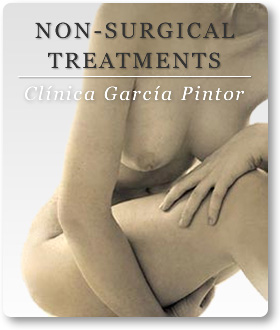Laser treatment for face rejuvenescence is called “resurfacing with laser”, and is a frequent technique used to rejuvenate the face and to treat facial wrinkles and skin injures.
The technique consists in the vaporization of thin cutaneous layers with a precise control of the depth it reaches, representing thus one of the great advantages of laser over peeling and dermabrasion.
Selective destruction caused by laser’s thermal effect is based upon two main elements, basis of selective photothermolysis to prevent the destruction of the surrounding tissue avoiding thermal diffusion.
- Adequate wavelength, the absorption of which is determined by the tissue chromophore, yielding selectivity.
- Sufficient energy or fluency density to evaporate the tissue, considering that irradiation time must be less than skin thermal relaxation time (time the target tissue requires to cool 50% of its incident temperature without spreading heat to neighbouring tissue).





